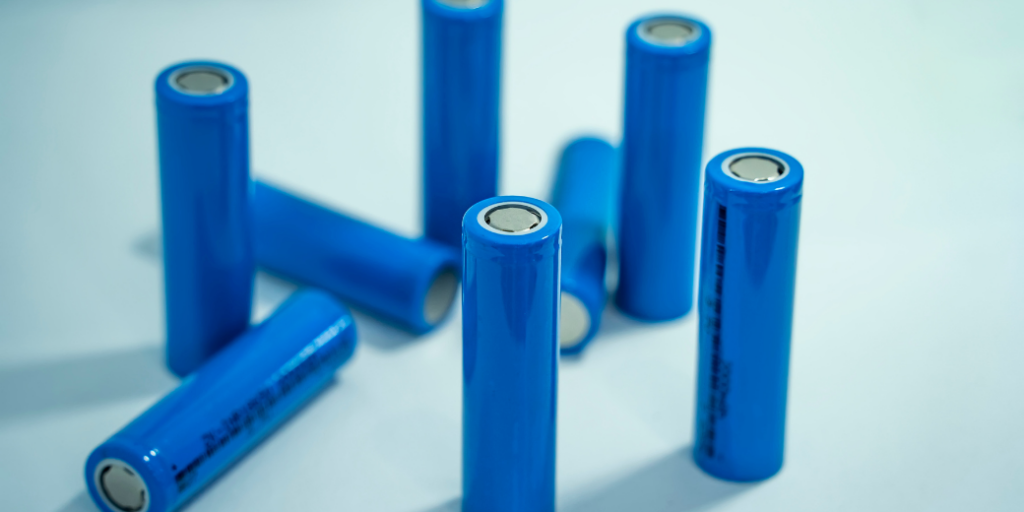Industry Reports
Semiconductors – Assembly/Testing Industry in ASEAN
Summary
Explore Malaysia’s OSAT ambitions and Singapore’s ATP innovation leadership, driving semiconductor growth in Southeast Asia with distinct advantages.
Semiconductors – Assembly/Testing Industry in Malaysia/Singapore
Malaysia’s OSAT Growth Ambitions and Singapore’s Innovation-Driven ATP Leadership Propel Regional Semiconductor Dominance
Malaysia and Singapore are pivotal players in the global semiconductor assembly and testing (ATP) industry, each leveraging distinct strengths to shape the sector’s future. Malaysia capitalises on its low labour costs, strategic location, and government-backed initiatives to become a key regional OSAT hub, with a goal to increase its global market share from 13% to 15% by 2030. Meanwhile, Singapore excels in advanced packaging technologies, supported by a robust business environment, significant R&D investments, and strong intellectual property protections, making it a global leader in innovation within the ATP ecosystem.
Despite facing challenges such as global economic disruptions and intensifying competition, both nations continue to attract foreign investments and foster a mix of global and local players. From Malaysia’s rise as a manufacturing powerhouse to Singapore’s innovation-driven ecosystem, these countries are indispensable to the semiconductor value chain, offering critical insights for stakeholders navigating this dynamic industry.
Malaysia
A Key Global Player in Semiconductor Assembly and Testing Facilitated by Low Labour Costs
Malaysia plays an essential role in the global semiconductor assembly and testing industry, offering a strategic location, supportive government policies, and a well-developed electrical and electronics (E&E) sector. These factors have enabled Malaysia to secure 13% of the global semiconductor assembly and testing market and become the sixth-largest exporter of semiconductors globally as of 2023.
The Malaysian semiconductor industry is characterised by a blend of local and foreign companies, including outsourced semiconductor assembly and testing companies (OSATs). Malaysia’s low labour costs attract foreign semiconductor manufacturers, which often outsource back-end manufacturing activities, such as assembly and testing, to local OSATs.
The Malaysian government is focused on advancing its semiconductor capabilities by promoting high-value activities like advanced packaging. Under the New Industrial Master Plan 2030, initiatives are being driven to enhance exports through technologies like fan-out wafer-level and chiplet die-to-die packaging. These efforts align with Malaysia’s ambition to boost its semiconductor assembly, testing, and packaging market share to 15% by 2030.
Rising Demand and Strategic Expansion Drive Global Goals as a Regional OSAT Hub
The semiconductor assembly and testing sector in Malaysia benefits from robust momentum in the global semiconductor industry. Accounting for around 65% of Malaysia’s electrical and electronic (E&E) exports in 2022, semiconductor exports have shown significant growth, underpinned by strong demand in markets like Singapore, China, and the US. The Malaysian government targets an increase in its global semiconductor market share from 13% to 15% by 2030, aligning with international growth projections for OSAT services. Additionally, the country continues to attract foreign investments, with companies like Intel and ASE expanding their operations, highlighting Malaysia’s role as a regional OSAT hub.
Strong Presence of Foreign and Local Companies with Increasing Presence of Chinese Companies
Malaysia’s semiconductor assembly and testing market is predominantly shaped by foreign companies operating OSAT facilities, alongside notable contributions from local firms. Global giants such as Advanced Semiconductor Engineering, Amkor Technology, and Tianshui Huatian Technology have established operations in the country. Additionally, leading Malaysian players like Unisem and Inari Amertron contribute to the ecosystem with expertise in packaging and radio frequency chips.
The industry also reflects a growing influence of Chinese companies, which view Malaysia as a strategic base amid international trade uncertainties. With advancements in technology and expansions from major global and regional players, Malaysia’s position in the semiconductor assembly and testing industry is solidified as a key contributor to the global value chain.
Singapore
A Global Leader Driving Innovation in Semiconductor Assembly and Testing
Singapore’s semiconductor ATP industry is a cornerstone of its manufacturing sector, contributing significantly to the country’s production value. A robust business environment, strategic location, and strong intellectual property protections have established Singapore as a pivotal hub in the global semiconductor supply chain. Dominated by foreign-funded firms, the market benefits from government incentives such as favourable tax policies and investments in R&D, particularly in advanced packaging technologies. Singapore’s strength in the ATP sector is supported by its ability to attract leading OSATs, enhancing the ecosystem’s innovation and manufacturing capabilities.
OSAT Industry Faces Pressure from Global Disruptions and Intensifying Competition Despite General Uptrend Over 2013–23
Despite a general uptrend in semiconductor manufacturing output from 2013–23, OSAT vendors have faced challenges due to global economic disruptions and a slowdown in consumer electronics demand. Larger OSATs, equipped with better technological resources, have proven more resilient than smaller players. Singapore’s OSAT vendors often rely heavily on stable, long-term contracts with top customers to mitigate market pressures. However, competition remains stiff, especially against manufacturers that internalise ATP functions.
Global Companies and Local Innovators Operate in Singapore’s Competitive ATP Landscape
Singapore’s ATP market includes globally recognised OSAT companies alongside a limited number of homegrown players. International giants such as ASE Singapore and STATS ChipPAC bring cutting-edge technologies to the local market, contributing to advanced solutions in packaging and testing. Meanwhile, local firm UTAC competes by focusing on innovation in key sectors like automotive and high-performance computing. However, smaller firms face financial and technological challenges, highlighting the intense competition within the industry.
Elevate Your Market Research – Get Started with a Free Trial Now
In just five minutes, you can gain a comprehensive understanding of global and ASEAN-6 market trends. Our Speeda platform provides extensive coverage of over 560 industries, supported by data from 10 million public and private companies, equips you with the insights you need to streamline research, optimise strategic planning, and drive informed decisions.
Take your research efficiency to the next level by signing up for a free trial today. Sign up now to access more detailed reports and tools that can transform your approach to market analysis.


























